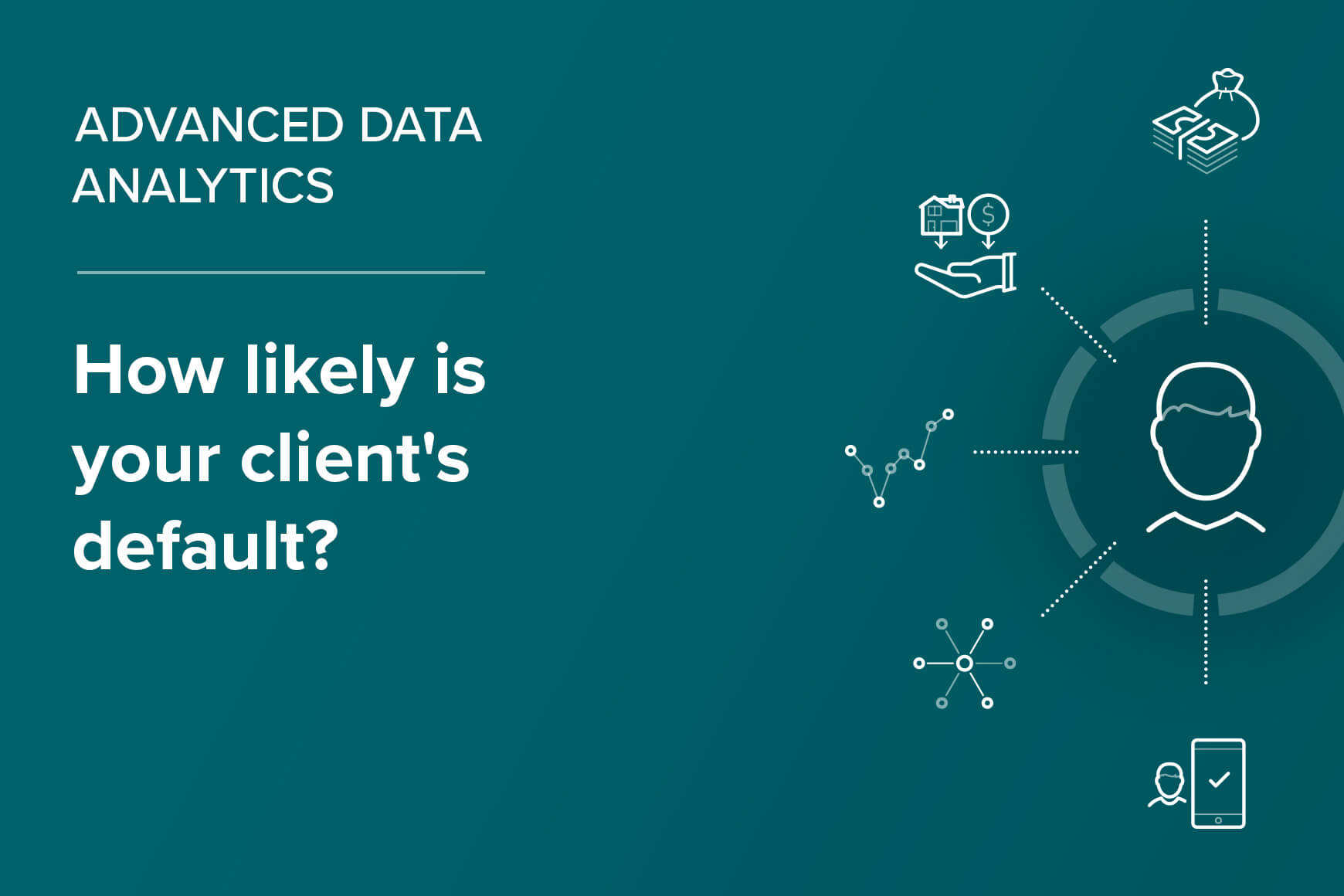Managing credit risk with advanced data analytics

The traditional approach to quantifying credit risk in retail banking often relies on the most obvious variables such as annual/monthly income, employment length, employment title, etc. While these are still valid indicators for calculating the probability of a client defaulting on debt, the age of advanced data analytics has introduced additional variables to the credit risk equation.
If you follow our blog, you might already be familiar with our approach to customer segmentation. We use so-called pseudo-social networks or social scoring. In fact, we are currently doing scientific research on this topic at Charles University Prague. This is a strong argument for our methods being state-of-the-art material.
So, what are the more sophisticated client variables that should be introduced to your credit risk prediction model?
Household profiling
There are two main ways a bank can link individuals sharing a household. Firstly, when clients directly tell you (e.g., a married couple, parents and their children). Secondly, via digging through their transactional history. This is hidden information that brings to light people cohabitating for less straight-forward reasons than a direct blood relationship or marriage. To get a more accurate credit risk assessment or credit score for a client, it is beneficial to understand the social environment in which he/she lives. Does the client live in a low-income household? Do other household members repay frequent overdrafts? All of these factors play a role.
Behavioural similarities
Via pseudo-social networks, a credit risk analyst can cleverly pool clients who probably do not know each other in real life into social groups based on behavioural similarities. This is a great way to set up a so-called Know Your Customer (KYC) pipeline. Through transactional data, you can understand the needs of, for example, expecting mothers, office employees, or factory workers. While we like to believe that each of us is a unique human being (and I am not disputing this), if we look at humans through a transactional lens, the level of predictability and similarity in shopping preferences, frequency of cash-withdrawals, and pubs frequented is astonishing.
Detailed personality profiling
Ever since the Cambridge Analytica scandal, it has been clear that detailed personality profiling is going to be the next big thing. The banking domain is very specific and only has access to certain types of data, mostly card transactions. Compared with other industries, this can be quite limiting and requires creative ways of data exploration. Moreover, ethical concerns must be even more seriously considered. Ideally, the client should be able to find out how he/she has been classified and why and if this benefits him (or not).
Proactive credit risk management
Finally, with the combined power of all three parameters above, one can take this whole endeavour even further and focus on really helping customers. If you can accurately predict clients’ incapability to repay their loans, then you can also focus on preventive measures. A bank can alert its customers in time before a debt default actually happens as well as offer remedies for such situations—that is great customer service on a whole new level!
If you would like to discuss further how we at Profinit approach this topic, get in touch with us.
We have over 20 years of experience providing services to banks, insurance companies, and the financial sector.